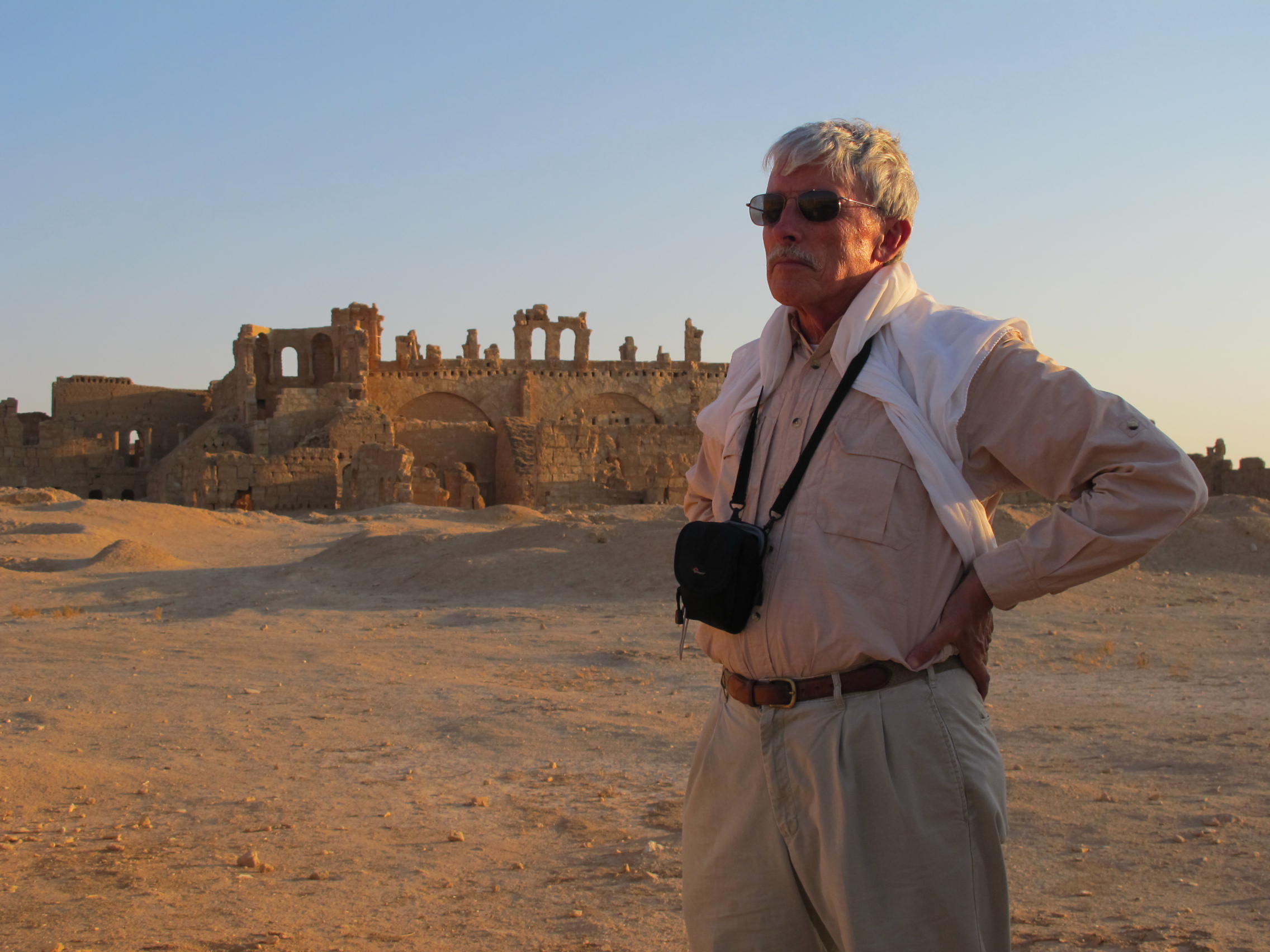I joined the Mozan Excavation in 1997 as an avocational archaeologist after a 30-year career in government service. I hold an MA degree in Anthropology from the University of Missouri and two advanced degrees in law and electrical engineering.
Before I joined the Mozan team I was a member of the team at Tell Tuneinir, Syria, where I supervised the excavation of an early Christian monastery.

All of my work at Mozan focused on three areas: supervising excavation units and training student archaeologists; generating the data base for my units and maintaining programs for the Urkesh Global Record (UGR); and studying the Late Chalcolithic (LC) area of Mozan.

In roughly chronological order and after a one-year apprenticeship, I supervised the excavation of the area at the outer ring wall (OH2) the area immediately north of the Tupkish Palace (A9), the area surrounding the Abi (A14), the eastern end of the Tupkish Palace (A15, A17), the area to the south of the monumental staircase (and the location of the LC deposits) (J3), and the area adjacent to the monumental Early Dynastic wall and Mittani staircase (J5). I am currently preparing final entries for all of these units (except OH2) in the UGR.
During the active period of excavation (ending in 2010), I acquired familiarity with the computer programs, written some time before in Quick Basic by Professor Giorgio Buccellati, and often tested them with real-time data from the excavations. Since the excavations have ceased and modern computers have lost the capacity to run these programs, I have become the repository for data processing capability, constantly evaluating it as I prepare the final UGR reports for the units that I supervised. Professor Massimo Maiocchi has written a replacement set of programs in the modern cross-platform language Perl. I am currently testing it and feeding back suggested changes to assure complete compatibility with the QB programs.
